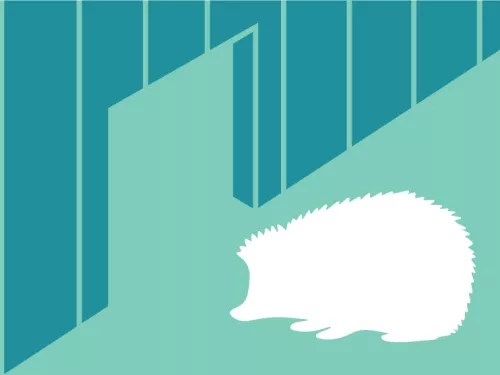
How to create a hedgehog hole
Help hedgehogs get around by making holes and access points in fences and barriers to link up the gardens in your neighbourhood.
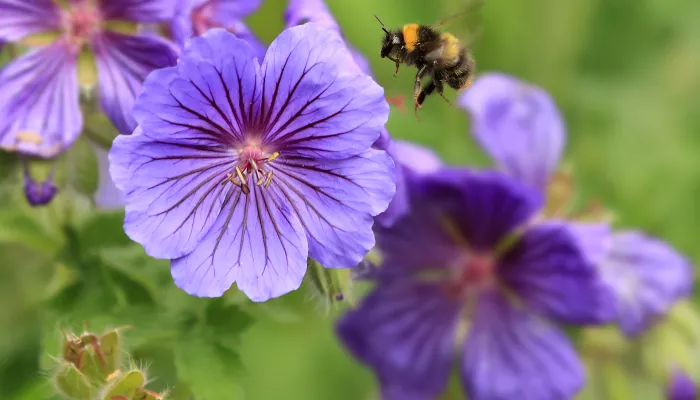
From building a bug hotel to creating a garden pond, here are some ideas for things you can do yourself to help wildlife.

Help hedgehogs get around by making holes and access points in fences and barriers to link up the gardens in your neighbourhood.
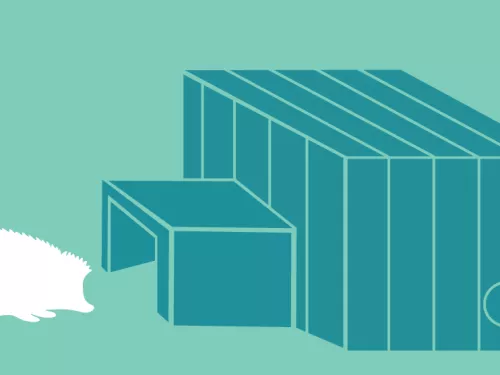
By providing safe places for hedgehogs to live, you’re much more likely to see these prickly creatures in your garden.
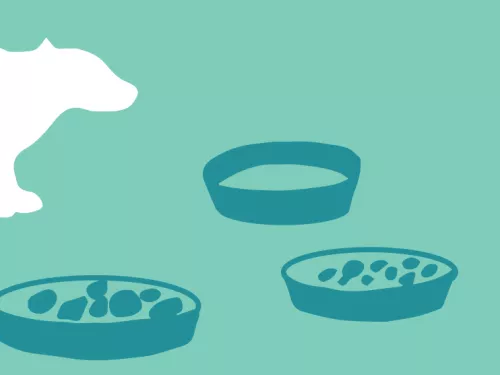
Putting out a bit of food can help see mammals like hedgehogs through colder spells.
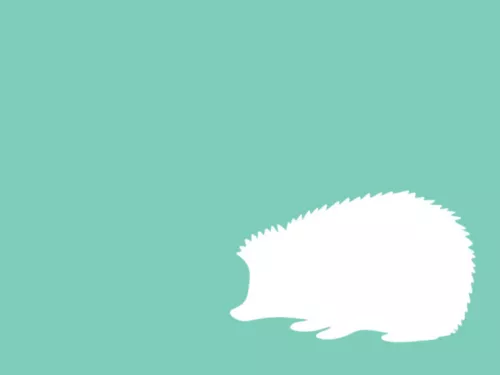
We can all take steps to protect hedgehogs on bonfire night. Follow our 4 steps to make sure you keep hedgehogs safe.
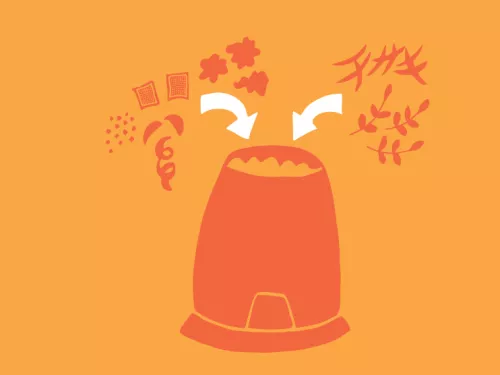
Instead of sending your green waste to landfill, create your own compost.

Learn about companion planting, friendly pest control, organic repellents and how wildlife and growing vegetables can go hand in hand.
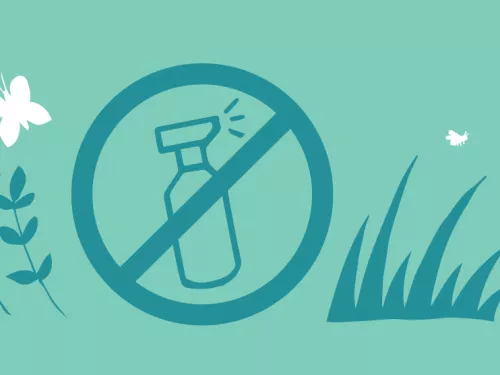
Go chemical-free in your garden to help wildlife! Here's how to prevent slugs and insects from eating your plants with wildlife-friendly methods.
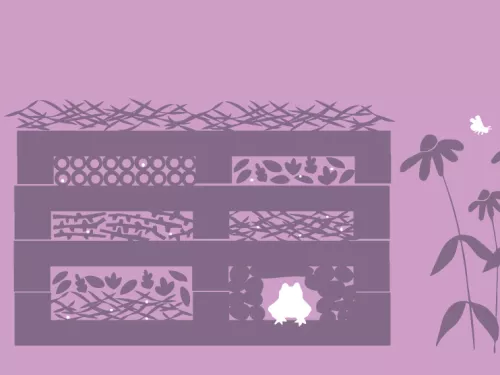
Build your own bug mansion and attract a multitude of creepy crawlies to your garden.
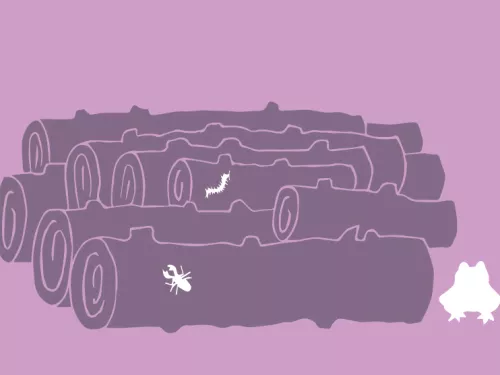
Log piles are perfect hiding places for insects, providing a convenient buffet for frog, birds, and hedgehogs too!
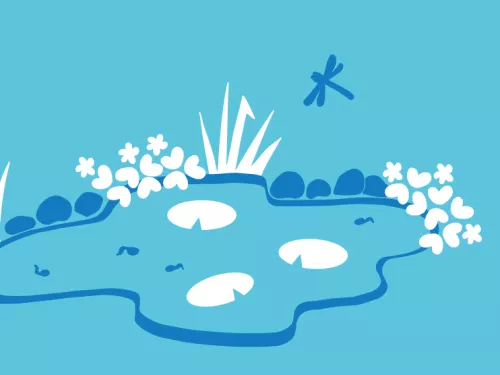
Learn about companion planting, friendly pest control, organic repellents and how wildlife and growing vegetables can go hand in hand.
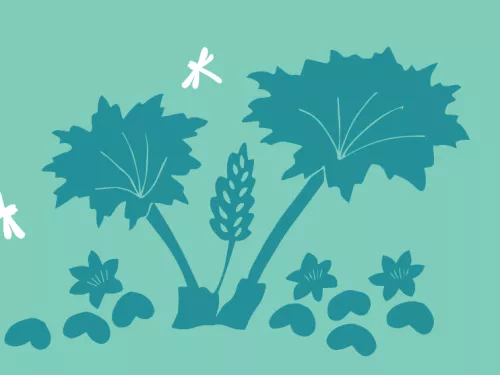
Instead of draining, make the waterlogged or boggy bits of garden work for nature, and provide a valuable habitat.
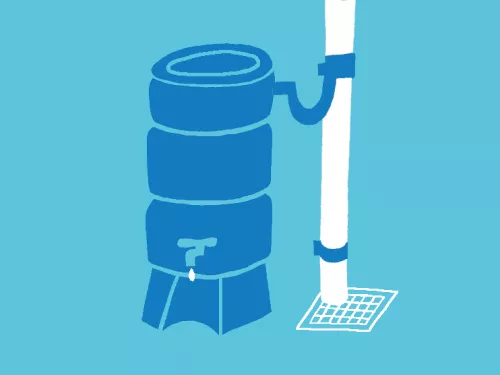
Water butts lower the risks of local flooding and will reduce water bills by conserving the water you already have. They're great for watering the garden, refilling the pond - or even washing the car!

There are plenty of ways you can take action against climate change in your own backyard or local greenspace.
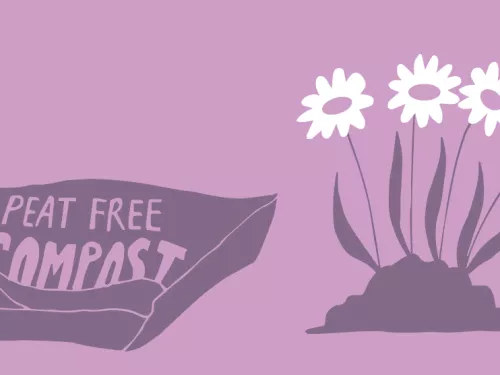
Our homes and gardens have an important role in the fight against climate change. Help preserve vital peatland by going peat free.
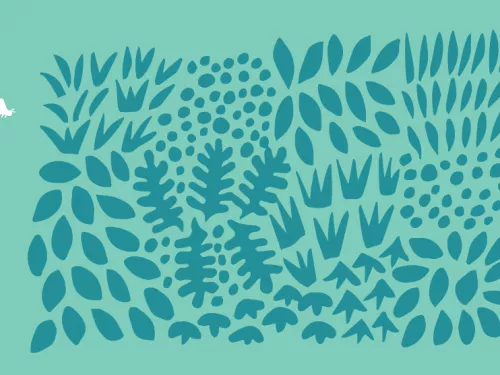
Gardening doesn’t need to be restricted to the ground - bring your walls to life for wildlife! Many types of plants will thrive in a green wall, from herbs and fruit to grasses and ferns.
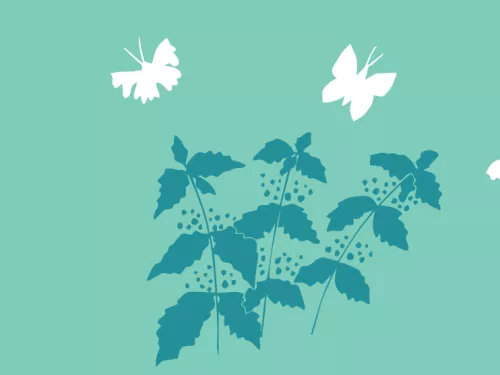
Provide food for caterpillars and choose nectar-rich plants for butterflies and you’ll have a colourful, fluttering display in your garden for many months.

Pots and containers are a great way of introducing wildlife features onto patios, or outside the front door. They are also perfect for small gardens or spaces like window ledges or roofs. Herbs, in particular, make good container plants and attract lots…
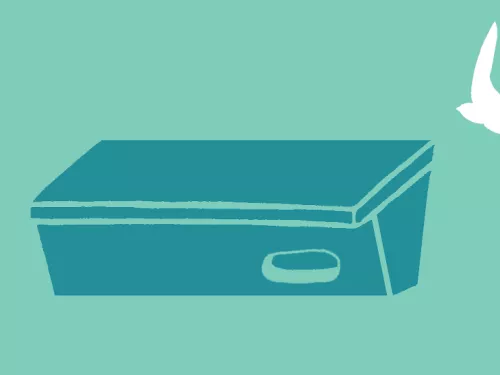
The colder months can be a tough time for wildlife, food is scarce and hibernators are looking for shelter. That's why we’ve put together our top tips for maintaining your garden for wildlife in autumn and winter. Spoiler – some of our tips can be done…

Swifts like to leave their nests by dropping into the air from the entrance. This is why they often choose to set up camp in the eaves of buildings. If you have a wall that's at least five metres tall, with a clear flyway in front, then installing a swift…
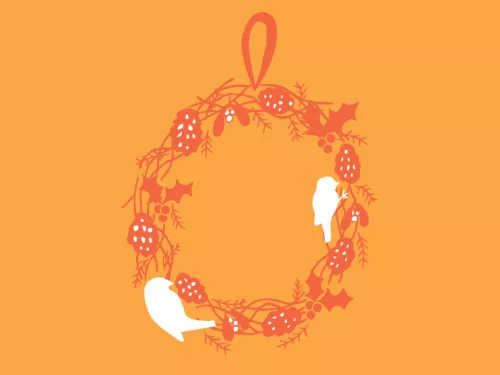
With food, water and shelter scarce over the winter months, give your garden birds a treat with an edible Christmas wreath.
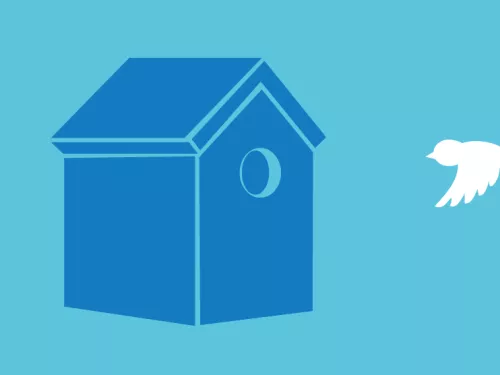
Nestboxes can harbour parasites so it is good practice to take them down at the end of the season and give them a clean. Likewise it is important to keep bird feeders clean to stop the spread of diseases.

Coastal gardening can be a challenge, but with the right plants in the right place, your garden and its wildlife visitors can thrive.
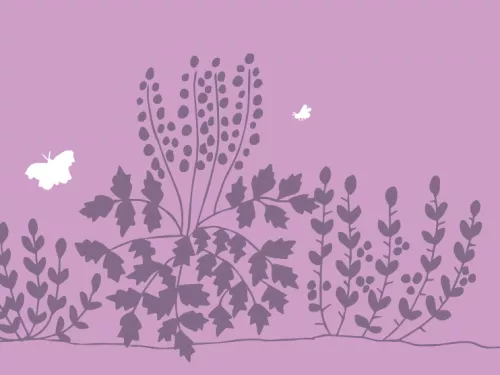
Woody shrubs and climbers provide food for wildlife, including berries, fruits, seeds, nuts leaves and nectar-rich flowers. So why not plant a shrub garden and see who comes to visit?
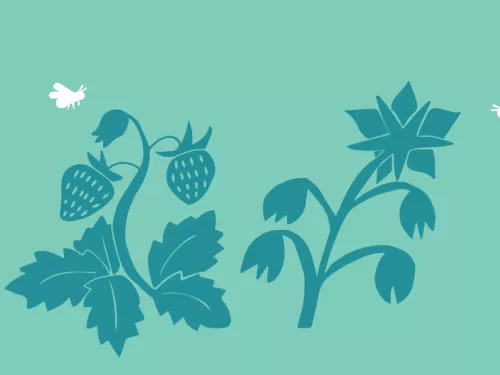
Grow plants that help each other! Maximise your garden for you and for wildlife using this planting technique.
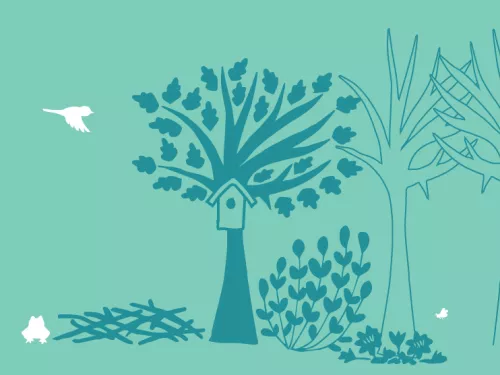
Few of us can contemplate having a wood in our back gardens, but just a few metres is enough to establish this mini-habitat!
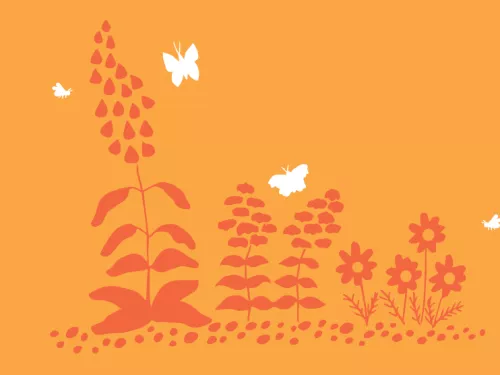
Surfaced spaces needn't exclude wildlife! Gravel can often be the most wildlife-friendly solution for a particular area.

Find out how to attract birds into your garden all year round.

Plant wildflower with seed bombs!
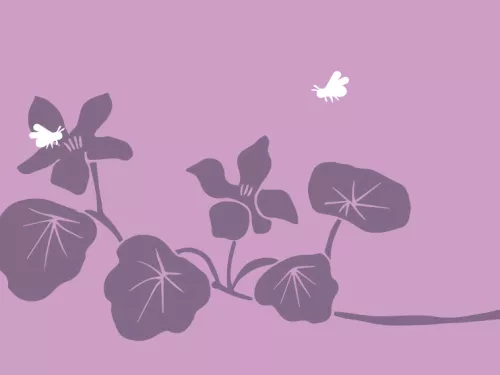
The best plants for bumblebees! Bees are important pollinating insects, but they are under threat. You can help them by planting bumblebee-friendly flowers.
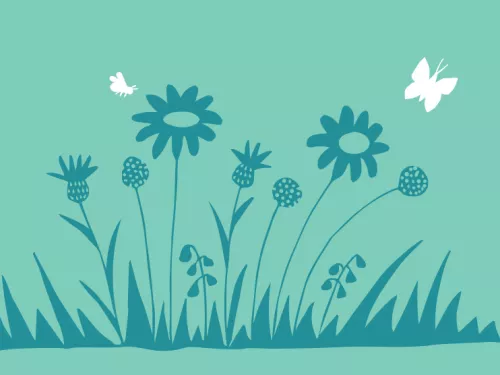
Whether it's a flowerpot, flowerbed, wild patch in your lawn, or entire meadow, planting wildflowers provides vital resources to support a wide range of insects that couldn't survive in urban areas otherwise. It is also a great way of avoiding tools such…
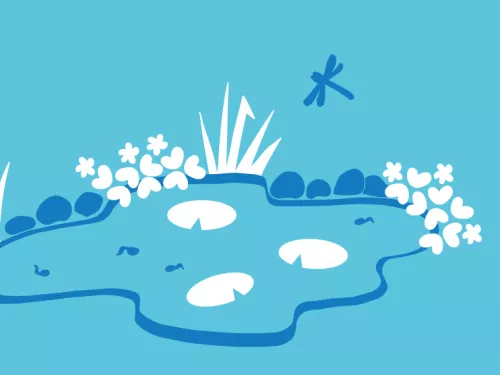
Even a small pond can be home to an interesting range of wildlife, including damsel and dragonflies, frogs and newts.
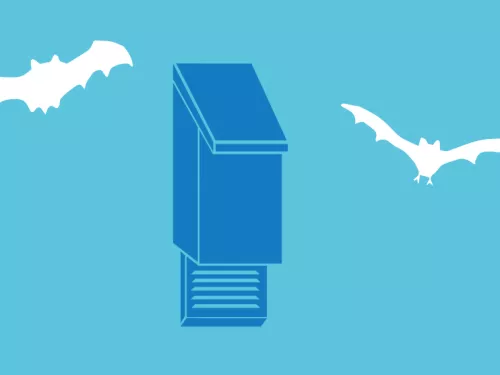
Build your own bat box and give a bat a safe place to roost.

With natural nesting sites in decline, adding a nestbox to your garden can make all the difference to your local birds.
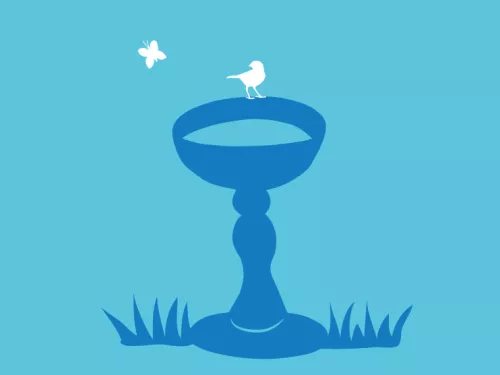
All animals need water to survive. By providing a water source in your garden, you can invite in a whole menagerie!
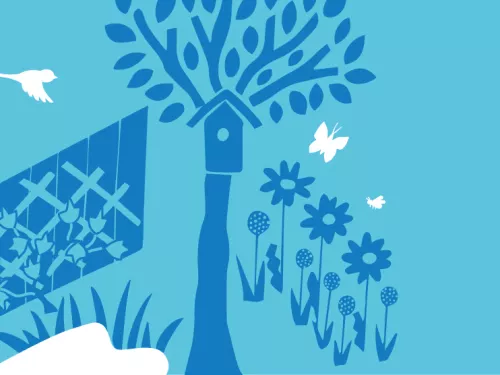
Use the blank canvas of your garden to make a home for wildlife.
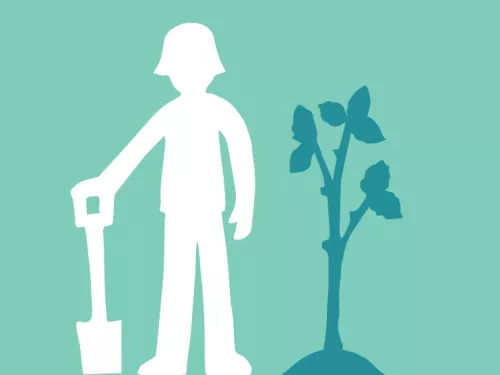
It might surprise you, but even the smallest of gardens can accommodate a tree!
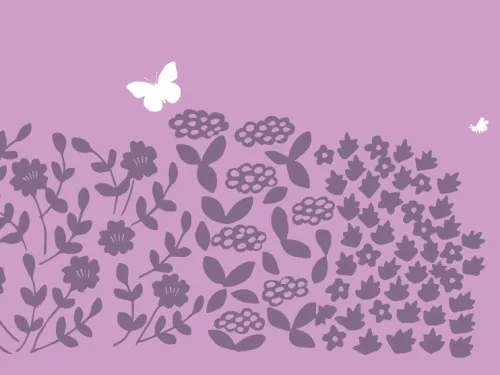
Hedges provide important shelter and protection for wildlife, particularly nesting birds and hibernating insects.
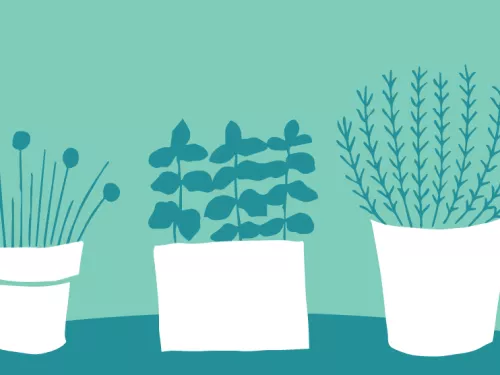
Planting herbs will attract important pollinators into your garden, which will, in turn, attract birds and small mammals looking for a meal.
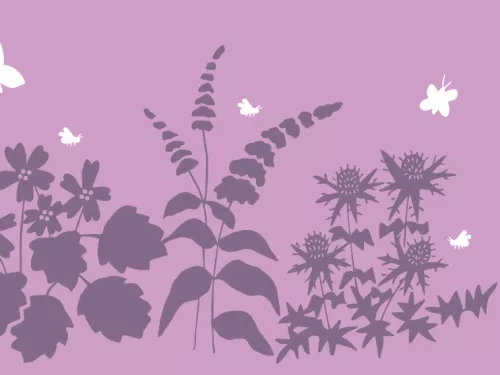
Set up a ‘nectar café’ by planting flowers for pollinating insects like bees and butterflies
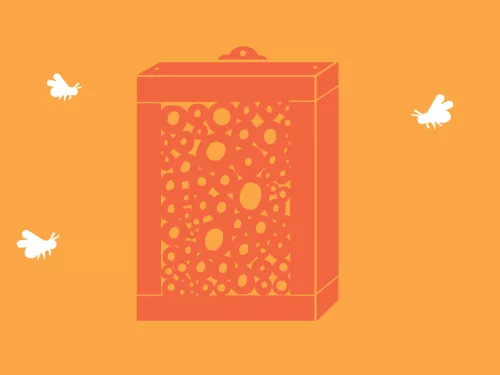
Solitary bees are important pollinators and a gardener’s friend. Help them by building a bee hotel for your home or garden and watch them buzz happily about their business.
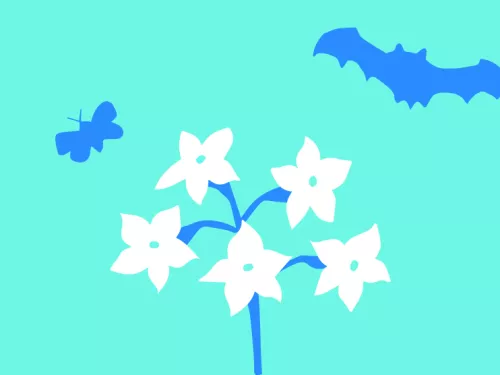
Plant flowers that release their scent in the evening to attract moths and, ultimately, bats looking for an insect-meal into your garden.
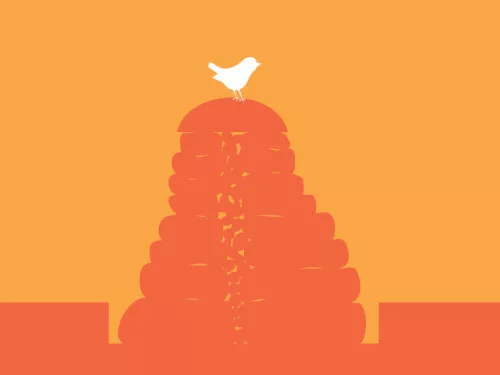
Learn a tradition with its roots in the Iron Age and build your own mini dry stone wall to attract wildlife.

Bringing a piece of your holiday home is a great way of keeping the memories alive – just make sure it’s wildlife-friendly!
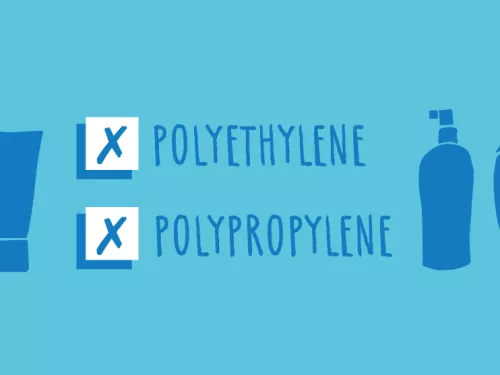
Some cosmetics, soaps, washing-up liquids and cleaning products can be harmful to wildlife with long-lasting effects.
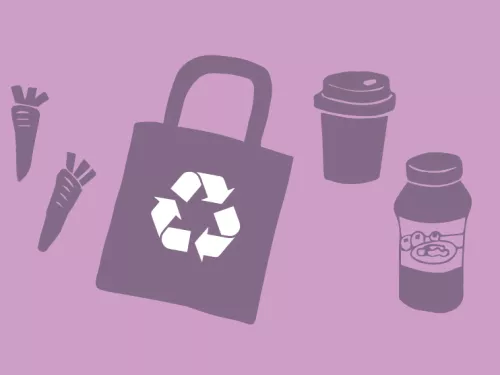
Plastic waste and its damaging effect on our seas and natural world has been big news recently. Here's what you can you do about it.

Recycle, upcycle - and make do and mend! Production of household waste needs to decrease by 33% by 2037 to reach emissions targets. So get out that needle and thread!
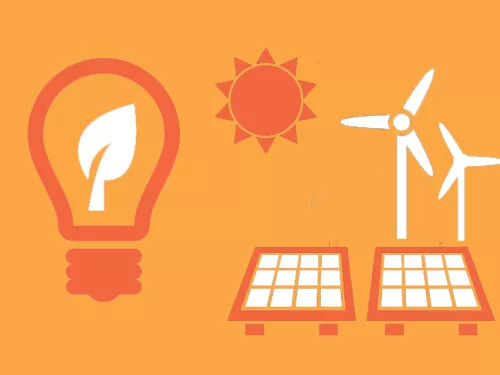
Energy used in buildings accounts for around 17% of total emissions. Reducing your household energy use by making efficiency savings, switching to a renewable energy supplier, or installing a heat pump will help cut down.
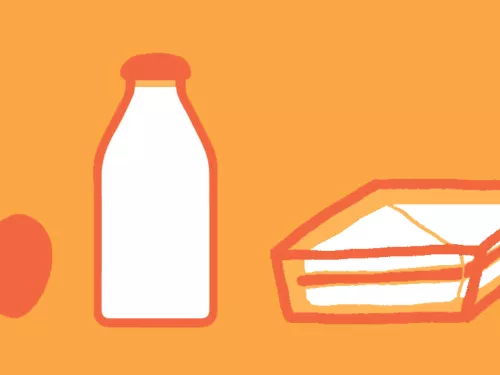
10 tips to reduce food waste today!

Whether you celebrate a big family Christmas, or you just give out a few cards to your friends and neighbours to wish them a happy time, here are some quick tips for a greener Christmas!
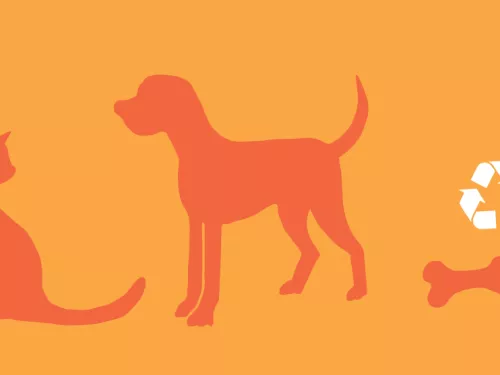
Caring for a pet is a rewarding experience that doesn't have to cost the earth.
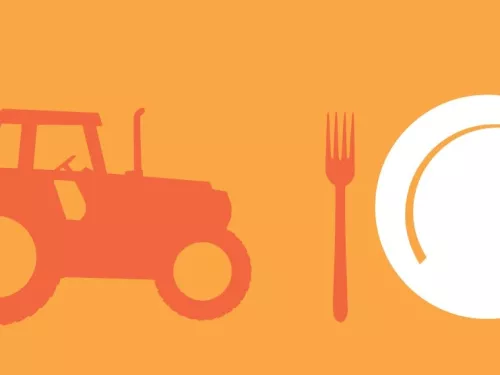
Buy local produce, eat more plant-based foods and reduce your food miles to shrink your environmental footprint.

Palm Oil is a cheap, efficient form of vegetable oil, but a lot of species-rich tropical habitat is being destroyed to make way for it.
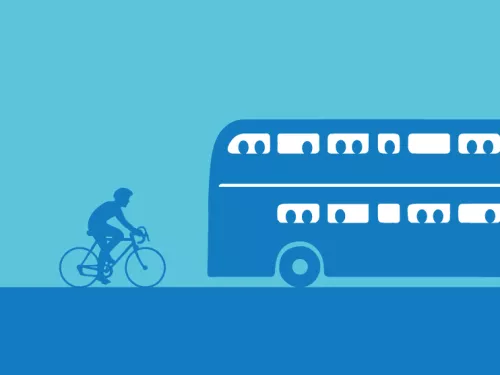
Learn how to reduce your travel emissions.
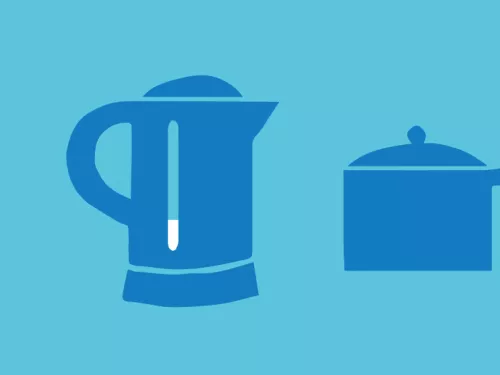
If we all do our part in saving precious water supplies, we can make a huge difference for the environment.
Social Action & Policy
Do a litter pick or beach clean!
Be a wildlife saviour and do a litter pick or beach clean!
Send a 'letter to the Editor'
Sending letters 'to the Editor' of local newspapers is another great way to speak up for wildife.
Contact your MP
By writing to your MP or meeting them in person, you can help them to understand more about a local nature issue you care passionately about.
How to help wildlife at school
Whether feeding the birds, or sowing a wildflower patch, setting up wildlife areas in your school makes for happier, healthier and more creative children.
How to help wildlife at work
Attracting wildlife to your work will help improve their environment – and yours!